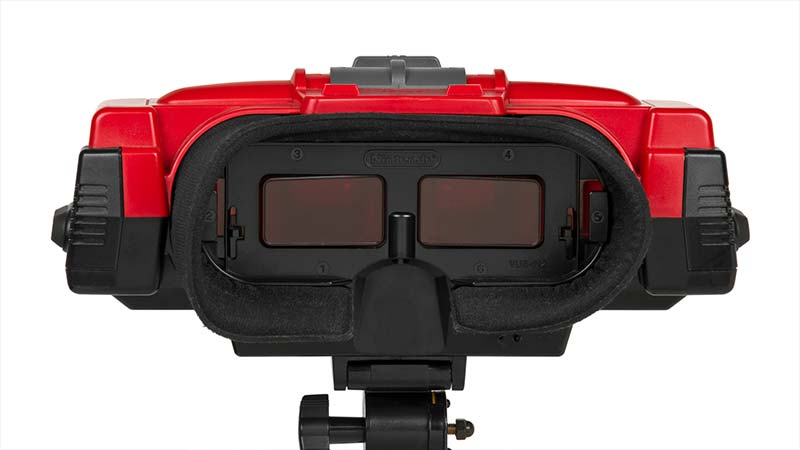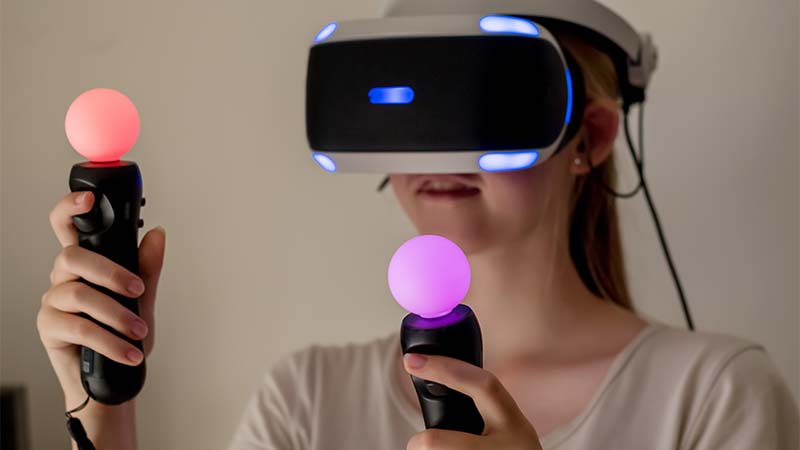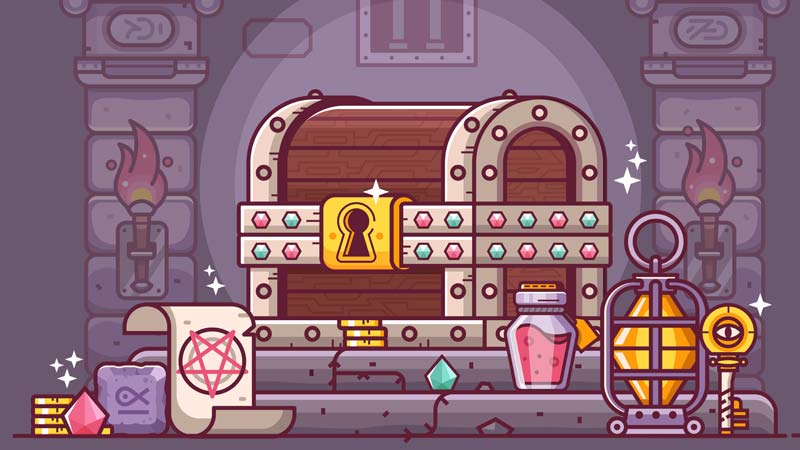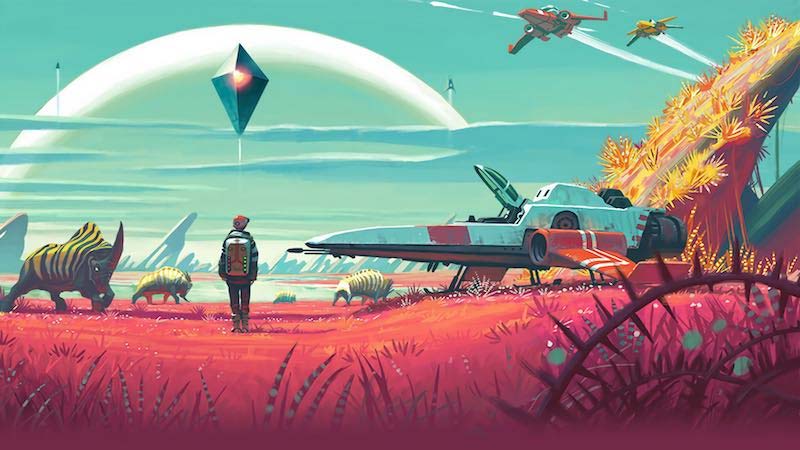
Worst Gaming Technologies
In the ever-evolving realm of video gaming, technology strides forward with remarkable innovations that redefine our gaming experiences. However, not all technological advancements hit the mark. Some, in fact, veer off into the territory of frustration and disappointment, challenging the expectations of gamers and developers alike. “Worst Gaming Technologies” delves into these less-than-stellar inventions, exploring how certain technologies, despite their promise, failed to enhance the gaming world and, in some cases, even hindered it. From clunky hardware to software blunders, this exploration sheds light on the missteps in gaming tech, offering a unique perspective on what goes wrong when technology doesn’t play its part in the gaming industry.
In the dynamic landscape of gaming, technology’s inexorable march forward has ushered in an era of breathtaking innovation and immersive experiences.
Navigating the Abyss: Exploring the Dark Realms of the Worst Gaming Technologies
However, alongside the triumphs, there exists a shadowy underbelly populated by the missteps, failures, and outright disasters of gaming technologies. These ill-fated endeavors, often dubbed as the “worst gaming technologies,” have left players frustrated, disappointed, and at times, questioning the very essence of gaming itself.
The Allure and Pitfalls of Cutting-Edge Gaming Technologies
The allure of gaming technologies lies in their promise of elevating virtual experiences to unprecedented heights. From realistic graphics that blur the lines between reality and virtuality to groundbreaking controllers that seek to mimic real-world actions, the industry has consistently pursued the boundaries of what is possible. Yet, as history has shown, pushing the envelope can sometimes result in unintended consequences and bitter disappointments.
Enter the Virtual Boy: A Headache-Inducing Misadventure
In the annals of gaming technology’s darkest chapters, the Nintendo Virtual Boy stands as a cautionary tale. Touted as the future of gaming with its stereoscopic 3D graphics, the Virtual Boy promised an immersive experience. However, its monochromatic red display and lack of true portability led to a clunky, discomforting device. Moreover, users reported headaches, nausea, and eyestrain after prolonged use. Ultimately, the Virtual Boy’s dismal reception highlighted the importance of striking a balance between innovation and user experience.

Motion Controls: A Journey of Mixed Success
The introduction of motion controls marked a pivotal moment in gaming technology, with the Nintendo Wii and its motion-sensing remote controller as a prime example. While the Wii enjoyed commercial success and introduced gaming to a wider audience, other attempts at motion controls were not as fortunate. Sony’s PlayStation Move and Microsoft’s Kinect faced challenges in accurately tracking player movements and translating them into seamless gameplay. The Kinect, in particular, was hyped as a revolutionary device but was plagued by inconsistent performance and a lack of compelling game experiences, ultimately leading to its discontinuation.

Always-Online DRM: A Disconnect from Player Needs
The advent of the internet brought about the opportunity for online gaming and connectivity, but it also gave rise to an infamous gaming technology: always-online digital rights management (DRM). This approach required players to have a constant internet connection even for single-player games, leading to frustrated players unable to access their games during server outages or unstable connections. SimCity’s 2013 release serves as a prime example, where players were met with server crashes and game-breaking bugs, undermining the gaming experience and sparking a fervent debate about the necessity of such measures.
Microtransactions and Loot Boxes: The Controversial Currency of Modern Gaming
The emergence of microtransactions and loot boxes marked a significant shift in the monetization of games. While initially intended to provide optional cosmetic enhancements or additional content, these mechanics evolved into controversial systems that often felt exploitative. The concept of “pay-to-win,” where players could gain a competitive advantage by spending real money, marred the integrity of fair gameplay. Moreover, the random nature of loot boxes raised concerns about encouraging gambling-like behavior among players, leading to regulatory scrutiny and debates about the ethics of these practices.

The Disastrous Fallout of No Man’s Sky’s Launch
Few gaming technologies have showcased the chasm between hype and reality as starkly as the launch of No Man’s Sky. With its ambitious promise of a limitless procedurally generated universe, the game garnered immense anticipation. However, upon release, players were met with a lack of many features that had been promised, leading to accusations of false advertising and a backlash from the gaming community. The incident highlighted the importance of managing player expectations and the perils of overhyping a product.

Unintended Consequences: The Rise of Cheating and Exploitation
The interconnected nature of modern gaming has also given rise to a dark side: cheating and exploitation facilitated by gaming technologies. Aimbots, wall hacks, and other forms of cheating have plagued online multiplayer games, creating imbalanced and frustrating experiences for honest players. Moreover, the rise of microtransactions has led to the development of exploitative systems where players are encouraged to spend excessive amounts of money for virtual rewards, often targeting vulnerable individuals.
Lessons Learned and the Road Ahead
While the history of gaming is peppered with failures and missteps in technology, these experiences have offered valuable lessons for the industry’s evolution. The importance of prioritizing user experience, ethical monetization, and transparent communication with players cannot be overstated. As gaming technologies continue to advance, developers must remember that innovation should always be coupled with a deep understanding of player needs and a commitment to delivering quality experiences.
In conclusion, the worst gaming technologies serve as a stark reminder that even in a realm of boundless possibilities, there are pitfalls to avoid. The industry’s pursuit of innovation, while admirable, must always be tempered by a commitment to delivering meaningful, engaging, and enjoyable experiences to players. As technology continues to shape the landscape of gaming, it is the lessons learned from past mistakes that will guide the industry toward a brighter, more player-centric future.